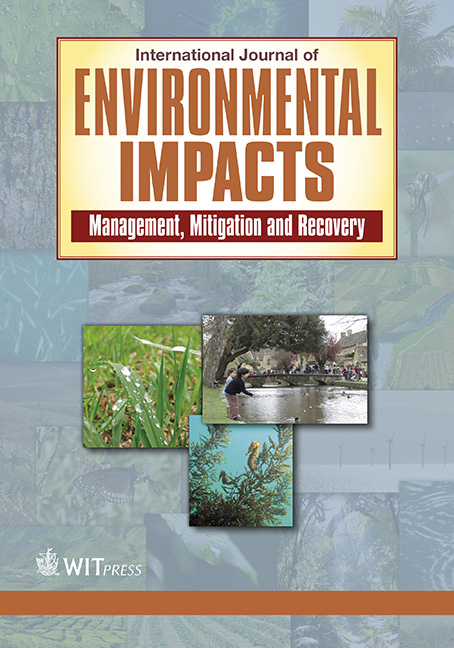Problems, perceptions and solutions to increased flooding threats in urban areas of the Pacific Northwest, USA
Price
Free (open access)
Volume
Volume 2 (2019), Issue 2
Pages
9
Page Range
107 - 116
Paper DOI
10.2495/EI-V2-N2-107-116
Copyright
WIT Press
Author(s)
Robert. L. Mahler, Robert Simmons & Michael E. Barber
Abstract
Rapid urbanization in high rainfall areas of western Washington, western Oregon and northern Idaho has increased the potential for flooding. As a result, the area of permeable surfaces to dispose of excess water from precipitation has decreased. This lack of permeable surfaces places pressure on storm sewers and surface waters to move the excess precipitation water off-site. The purpose of this article is twofold: (1) to document public perceptions of the likelihood of increased flooding events in urban areas and (2) to evaluate a potential solution that could mitigate the flooding problem in developing urban areas. Public attitudes, aptitudes and understanding of the potential flood threat in urban areas were determined using seven specific questions in a mail-based survey instrument conducted in 2017. Population projection data were used to forecast future changes in the permeability of landscapes. Rain gardens to increase water infiltration into the ground and reduce excessive precipitation runoff were evaluated from feasibility and public acceptance standpoints. Study results showed that the public is increasingly concerned about future flooding events, understands the linkage between reduced permeability of soils to flooding and is willing to consider using rain gardens as a flood mitigation strategy. As a consequence of effective outreach programs and local subsidies, 3,980 rain gardens have been established in the Puget Sound region since 2012.
Keywords
public concerns, public opinion, rain gardens, urban flooding




